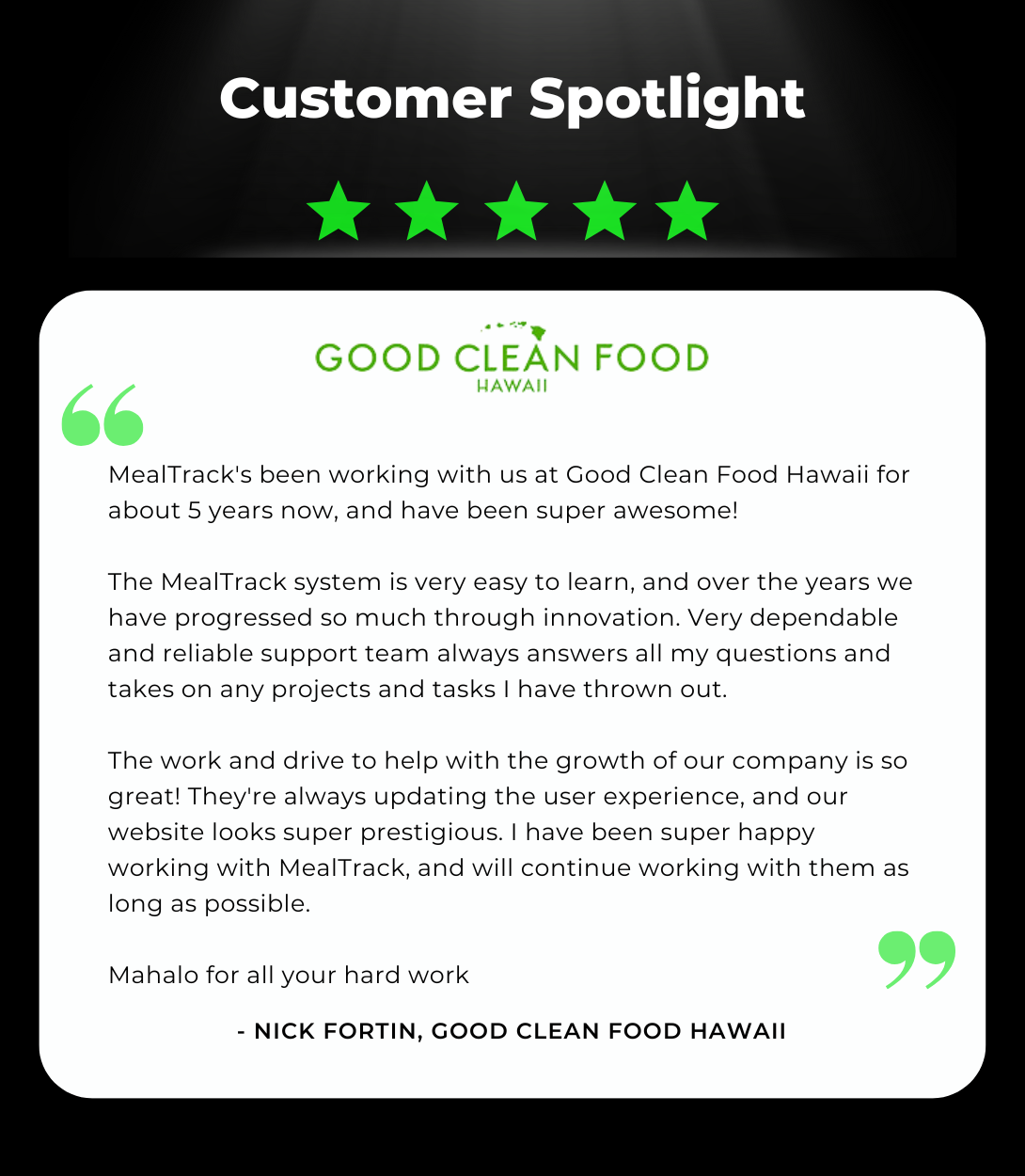The Foodpreneur #025

Catering to All: How Plant-Based Meals Enrich Your Meal Delivery Service
Recently, the demand for plant-based options has surged, driven by health, environmental, and ethical considerations. As a heat-and-eat meal delivery service, integrating plant-based meals into your offerings is not just a trend to follow—it’s a strategic move to cater to a diverse and growing customer base.
If you plan to integrate more plant-based options into your service, it’s essential to position them to your diverse audiences. Because, from dedicated vegetarians and vegans to mainstream subscribers, there are significant benefits to integrating more plant-based nutrients into any diet. Here’s where to start:
#1. Understand the Plant-Based Appeal
Before diving into the integration of plant-based meals, it’s crucial to understand why they are gaining popularity. For vegetarians and vegans, these meals are a necessity. However, a growing segment of “flexitarians” also lean towards plant-based diets for health benefits, including reduced risk of heart disease and better weight management. Environmental concerns, such as reducing carbon footprint and conserving water, also play a significant role in this shift.
#2. Expand Your Menu with Plant-Based Selections
As you’re reviewing your menu, focus on integrating even more:
- Understand the Plant-Based Appeal
Start by expanding your menu to include a variety of plant-based meals. Focus on nutritionally balanced recipes high in protein, fiber, and essential nutrients. Use ingredients like legumes, tofu, tempeh, vegetables, and whole grains. It’s not just about removing meat; it’s about creating satisfying, flavorful meals that stand on their own.
- Innovative and Exciting Flavors
Plant-based doesn’t mean bland. Experiment with global cuisines and bold flavors to create exciting and appealing dishes for all your customers, not just those following a plant-based diet. Think beyond the salad—offer Thai coconut curry with tofu, Mexican bean chili, or Italian lentil Bolognese.
- Quality and Freshness
Emphasize the quality and freshness of your ingredients. Sourcing locally and seasonally can enhance the taste and nutritional value of your meals while also supporting local agriculture.
#3. Marketing to Diverse Audience
With your plan in place, the next spread the word among new and prospective customers. Start here:
- Educating and Engaging
Education is key. Use your platform to inform your customers about the benefits of incorporating plant-based meals into their diets. Share blog posts, newsletters, and social media content that highlight the health, environmental, and ethical advantages of plant-based eating.
- Tailoring Communication
When communicating with vegetarians and vegans, focus on your commitment to providing diverse, animal-free meal options. Highlight your understanding of their dietary restrictions and your dedication to flavor and nutrition.
For mainstream audiences, emphasize the health and environmental benefits of occasionally swapping meat-based meals for plant-based alternatives. Share success stories or testimonials from customers who have experienced positive health outcomes by including more plant-based meals in their diets.
- Special Offers and Promotions
Consider introducing special promotions to encourage customers to try your plant-based options. This could be a “Plant-Powered Week” with discounted plant-based meals or a “Mix and Match” offer that includes both plant-based and traditional dishes.
4. Collaborations and Partnerships
Partnering with influencers, nutritionists, or local chefs specializing in plant-based cooking can lend credibility and appeal to your offerings. Collaborative events or special meal series can generate excitement and attract a wider audience.
Takeaway
Integrating plant-based options into your heat-and-eat delivery service is more than adding a few vegetarian dishes to your menu. It’s about recognizing and responding to a significant shift in consumer eating habits. By offering a diverse range of tasty, nutritious plant-based meals and effectively communicating their benefits to different audiences, you can cater to the evolving preferences of your customers. This approach expands your customer base and positions your business as a forward-thinking, inclusive, and health-conscious service.
Customer Spotlight

